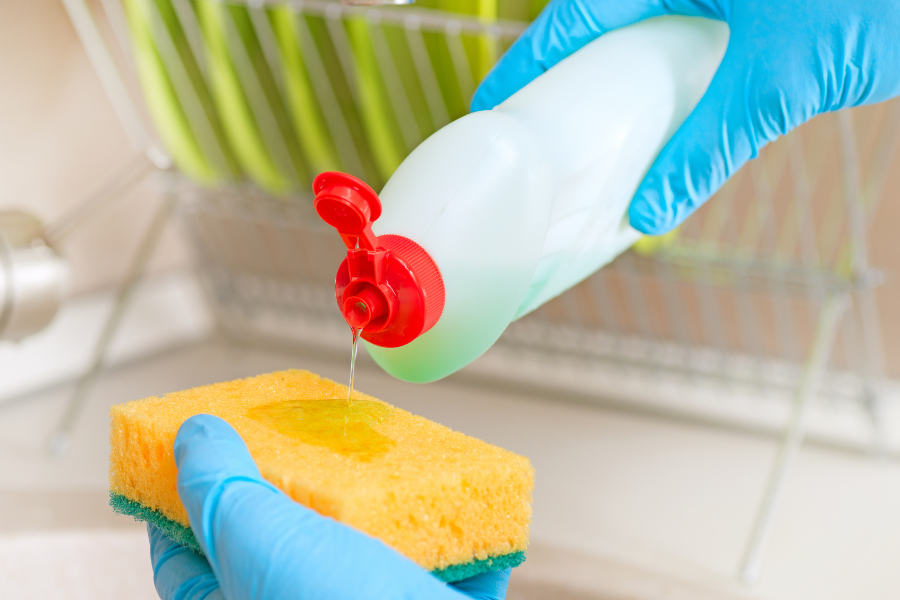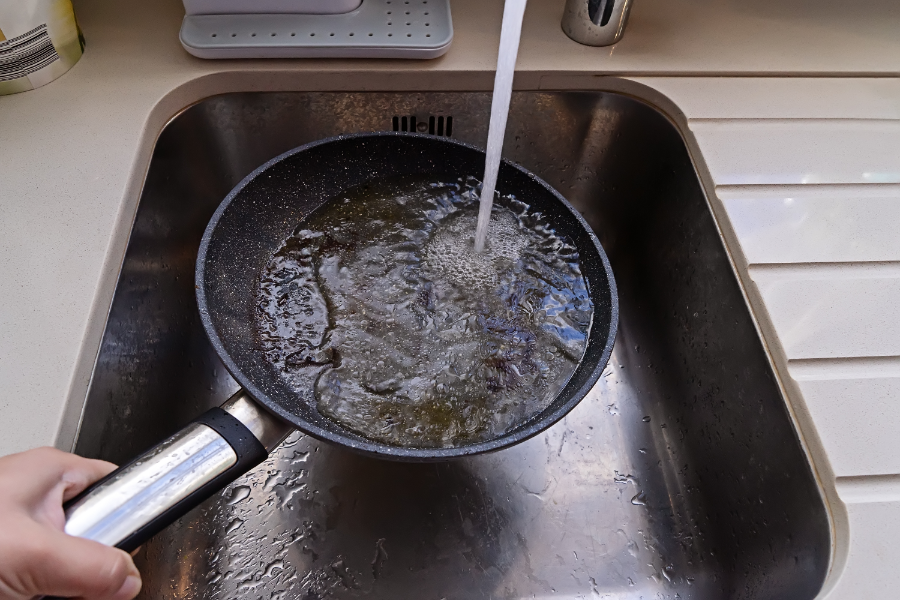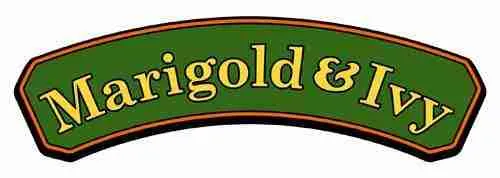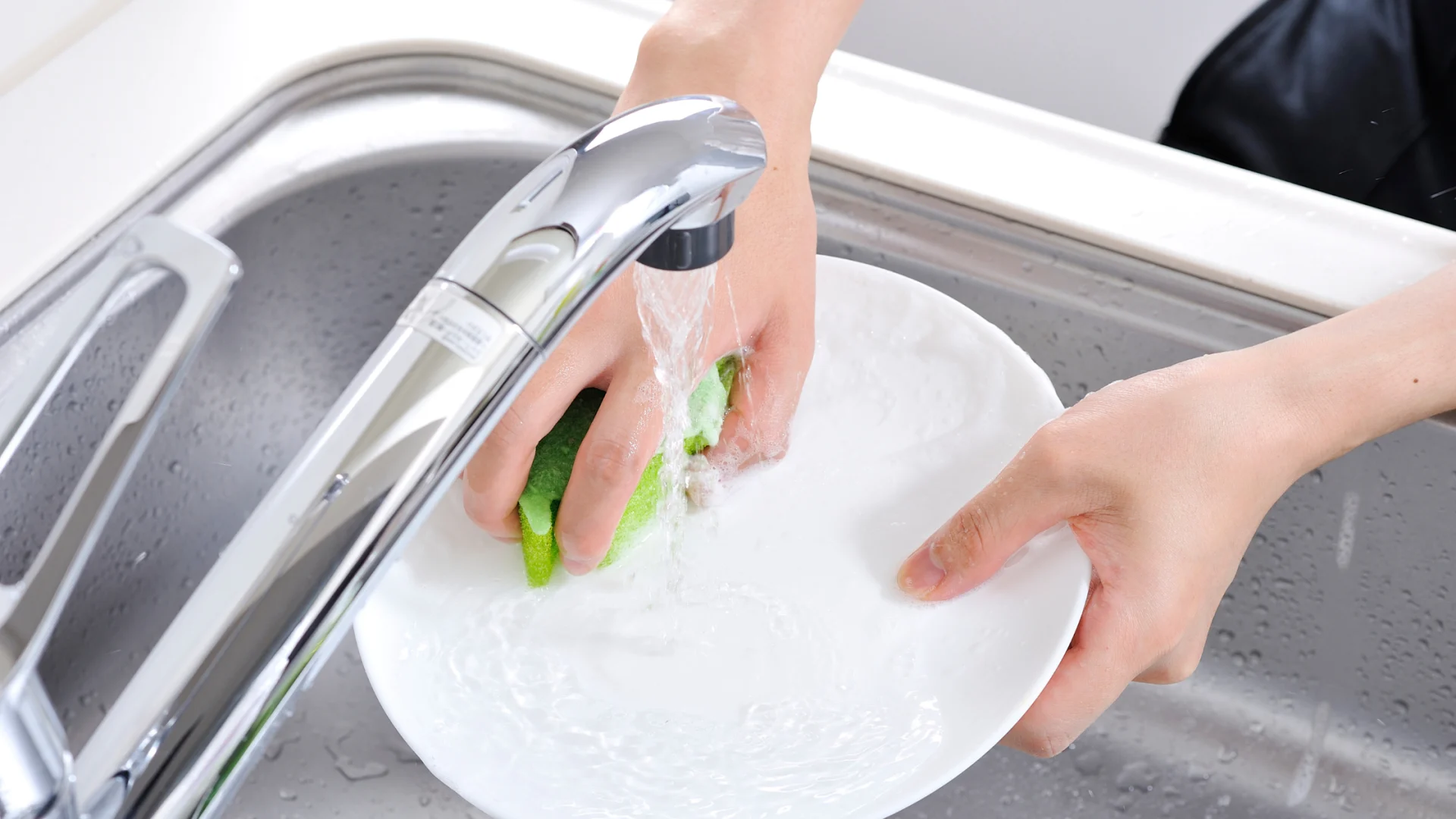In this modern world, washing dishes by hand may not be a trend, especially since most households have dishwashers. But did you know that the U.S. Energy Information Administration’s Residential Energy Consumption Survey (RECS) has revealed that 68% of U.S. households have a dishwasher, and one out of five rarely use it once a week, choosing to wash dishes by hand instead?
While dishwashers make your life easier, there are many reasons people stick to traditional handwashing when necessary. It gives you a sense of accomplishment, cleans dishes (i.e., cast iron, china, crystal, etc.) that are not dishwasher safe, and gives you clean dishes right when you need them.
Do you have kitchen items that need to be hand-washed? Or do you wish to be a pro at hand-washing dishes? We can help you! With the proper steps and dishwashing supplies, we can make doing the dishes less of a chore.
How Often Should You Wash Dishes?
Let’s face it: washing the dishes is not the epitome of fun. However, while it’s easy to pop dirty dishes in the dishwasher, sometimes doing the dishes by hand is inevitable. When you have to wash the dishes, the ideal time to wash the dishes is after every meal.
But for busy people, washing the dishes at the end of the day is recommended. This will prevent the growth of bacteria on any dishes that contain leftover food. Leftover food can also attract insects, rodents, and other pests. Also, when food dries on plates, it makes it harder to wash.
Is Washing Dishes by Hand Better Than the Dishwasher?
It depends on the situation. Again, there are kitchen items that are not recommended to be washed in the dishwasher, making handwashing better than the former. Washing dishes by hand is also ideal when you don’t have many dishes to wash.
However, according to a study, washing dishes in the dishwasher makes dishes cleaner than hand washing and fewer bacteria.
The culprits of the growth of bacteria in handwashing are the rags, sponge, and towel you use. But if you’re careful when washing dishes by hand, there’s nothing to worry about.
Another advantage of the dishwasher is it saves 3.5 times more water than washing dishes by hand. Less water used equals a smaller water bill, more money in your pocket, and better for the environment.
What Dishes Should Be Washed by Hand?
Generally, cast iron, delicate china, and crystal are not dishwasher-safe. These should be hand-washed to prevent damaging them. Check other kitchen items like pots, pans, and other cooking items to know whether you can put them in the dishwasher or clean them by hand.
Most dishes have a stamp on the bottom for washing recommendations. As such, you will always be able to identify which ones are dishwasher-safe and which are not. Some dishes that may require hand washing are knives, wooden utensils, and delicate silver utensils.
What Supplies Do You Need When You Wash Dishes by Hand?

It’s a no-brainer, but you will need essential items like a sponge or dish wand, dish soap, and a dish rack to make hand-washing dishes easy. Wearing rubber gloves is also recommended to protect your hands from drying out, which is a normal effect of washing dishes frequently.
Sponge
Generally, it is best to choose a durable, non-scratch sponge or dish wand. The soft and textured side helps wash delicate items and dishes without damaging them.
The rougher side is for removing stuck-on food from dishes. When you are not using your sponge or dish wand, store it in a bowl containing hydrogen peroxide or rubbing alcohol to disinfect it.
Dish Soap
As for dish soap, most kinds on the market will work. When choosing one, consider the ingredients (we recommend plant-based dish soap), viscosity, ease of use, and scent.
Dish Rack
If you have a dish rack at home, place it on the side where you wash dishes to make the chore easier. It will prove a great place to set clean dishes and helps to air dry them as you continue to clean your dishes.
5 Easy Steps to Wash Dishes by Hand
Now that you know which supplies you need and the dishes you must wash, it’s time to make them squeaky clean. Follow these steps for a successful dishwashing chore.
Things You’ll Need:
- Dish soap
- Sponge
- Gloves (optional)
- Hot water
- Drying rack
- Clean towels or rags
Instructions:
Step 1. Prep the Dishes
Scrape the leftover food from the dishes using a paper towel or spatula. For stuck-on foods, soak the dishes with hot water and detergent before washing them. Leave them soaking for about 15 to 30 minutes.
Step 2. Fill the Sink with Water
Fill the sink with hot water, then add dish soap. Make sure to read the label on the dish soap, as some have a high concentration of soap and only require a small amount.
Step 3. Wash
You will have to clean the dishes from the cleanest to dirtiest items. The proper order includes glasses, cups, and flatware. After washing these items, you can clean the plates, bowls, and serving dishes. End the chore with cookware, pots, and pans. Washing these last items will be easier if you soak them in water first.
Tip: Be careful washing the knives. Don’t pile them in the sink. Wash them one by one.
Step 4. Rinse the Dishes
After washing, rinse the dishes with clean water. You can do this by dipping the dishes in the sink full of water or through the stream of water from the faucet. You can also put them on a drying rack and pour water on them. Make sure to rinse inside the glassware, cups, and bowls.
Step 5. Dry the Dishes
Air dry the dishes. However, you can dry the glassware with a clean, dry towel. While paper towels are ideal for drying pots and pans.
Clean the Sink
You’re now done! But before leaving the kitchen sink, make sure to clean it up. Rinse and wipe the sink, and after the dishes are put away, spray the dish rack with rubbing alcohol, hydrogen peroxide, or vinegar to disinfect and prevent mold growth.
The rags, towels, and sponges you have used should be air-dried or laundered in the washing machine and then air-dried. Remember to replace the sponges frequently.
Extra Tips for Washing Your Dishes By Hand

- Clean the bottoms of the dishes, especially the pans. Any oil left on the bottom of the pans will blacken the pan or send the residue onto other dishes.
- Don’t soak the dishes in hot water for too long. It promotes the growth of bacteria on the dishes.
- Replace the water with clean water when it becomes greasy as you wash the dishes. This will ensure that the dishes are clean and free from residue.
- Put the clean dishes in the proper storage once dry. This will keep them clean and away from dirt, dust, and grease.
Conclusion
Dishwashers are fantastic because they save us time and money. However, handwashing is the best way to increase the life of your dishes. And for some dishes (non-dishwasher-safe items, pots, pans, etc.), the only way to clean them is by handwashing them. Hand washing also rewards you with clean dishes when you need them and a sense of accomplishment for the day.
Remember to wash your dishes right after using them. But before you wash them, gather the supplies you need (sponge, dish soap, dish rack, etc.) and follow our five easy steps for washing dishes by hand. To make cleaning the dishes easier, follow our extra tips for washing your dishes by hand.
To learn a different way of washing your dishes, read our article – Can Baking Soda Clean Dishes?
If you still want to stick to using the dishwasher, check out our article – Cleaning Your Dishwasher with Vinegar. Will It Work? To learn how to clean the inside of your dishwasher.


